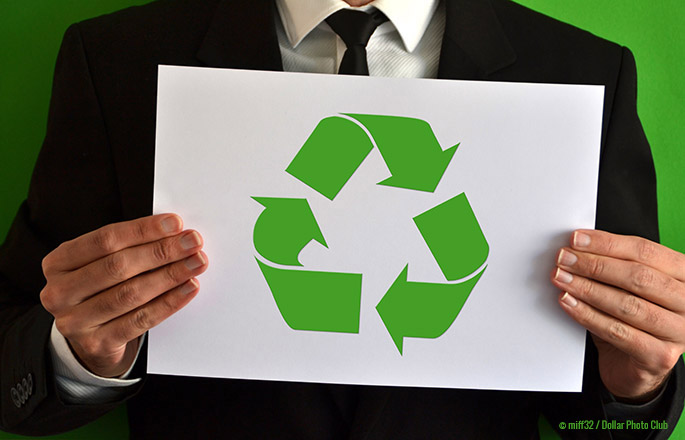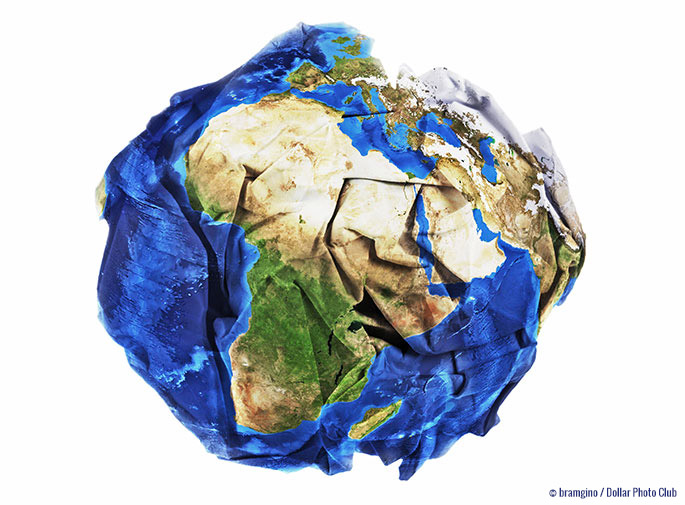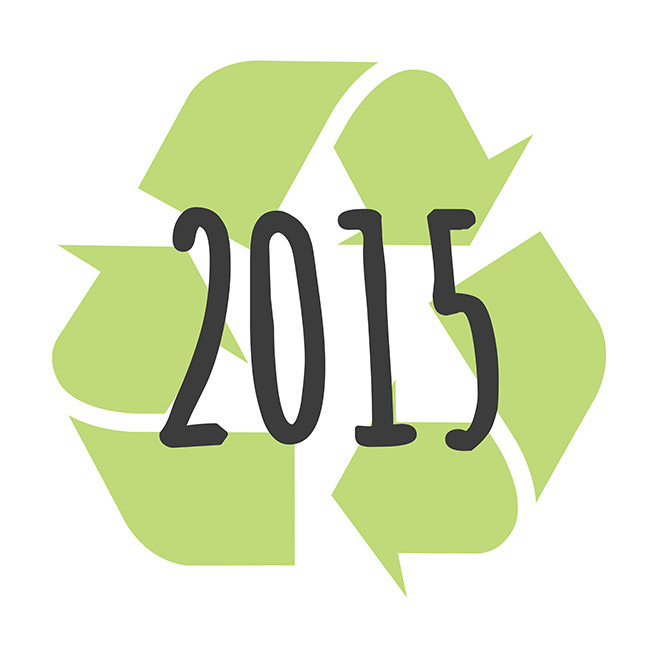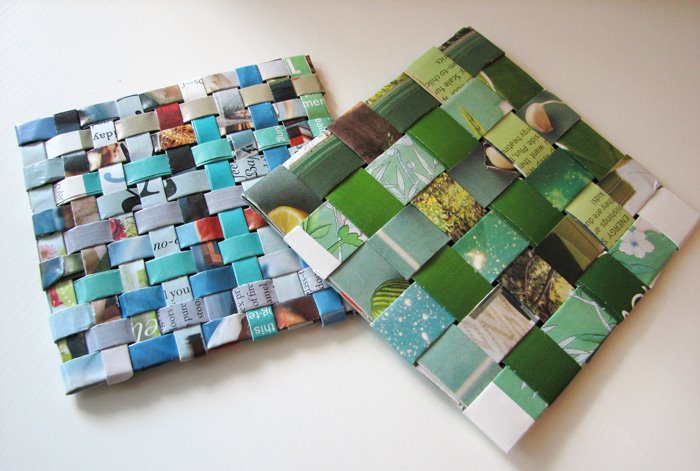
People who are diligent about recycling are glad to know that a little bit less trash will wind up in a landfill, but they may still wonder what becomes of all that collected paper. We’ll try to answer that question here.
The American Forest & Paper Association says, “The recovery rate for paper consumed in the U.S. has nearly doubled since 1990. . . . We realized the second-highest recovery rate for paper in 2012 at 65.1 percent.” Over 51 million tons of paper were recycled last year, more by weight than glass, plastic and all metals combined.
This infographic notes that over three-quarters of all paper mills in the United States use recovered paper fiber in the manufacture of new paper products, and every ton of recycled paper saves 3.3 cubic yards of landfill space.
So how is paper recycled? This educational brochure for children explains the process rather well. First, the recyclable paper must be sorted out from paper that is too contaminated to recycle. A lot of contaminated paper can still be used for compost, which many city recycling centers give away to residents.
The sorted paper is then bundled and transported to a paper mill. Here, it is resorted into different grades, then re-pulped. That is, the paper is mixed with water and chemicals, chopped, heated and blended into a mushy form of cellulose (plant fibers). It is screened, cleaned and de-inked before going through a further refining and bleaching process.
Finally, the pulp may be blended with new wood fiber to strengthen it before being watered down and sprayed onto a screen which runs through rollers, draining and shaping the pulp into paper. Heated rollers dry the long sheets of paper, which are wound into rolls for storage. From there, it can be made into any number of new paper products. Here is a good video of the refining and processing of recycled paper at a paper mill.




































































































































 7 Ways To Use Less Paper
7 Ways To Use Less Paper  7 Days of Recycling
7 Days of Recycling  DIY: 6 household items that make great recycled swag
DIY: 6 household items that make great recycled swag 
